1910s
1919 Cartoon “Hamlet”
Posted By: Paul - Wed Sep 04, 2019 -
Comments (0)
Category: Humor, Literature, Cartoons, 1910s
The City of Napoleon, Washington State
Today, Chetlo Harbor in Washington State looks pretty much like the picture below, taken from the site of the Chetlo Harbor Shellfish Company.
But in 1910, the location was going to be Napolean, the biggest port in the world!
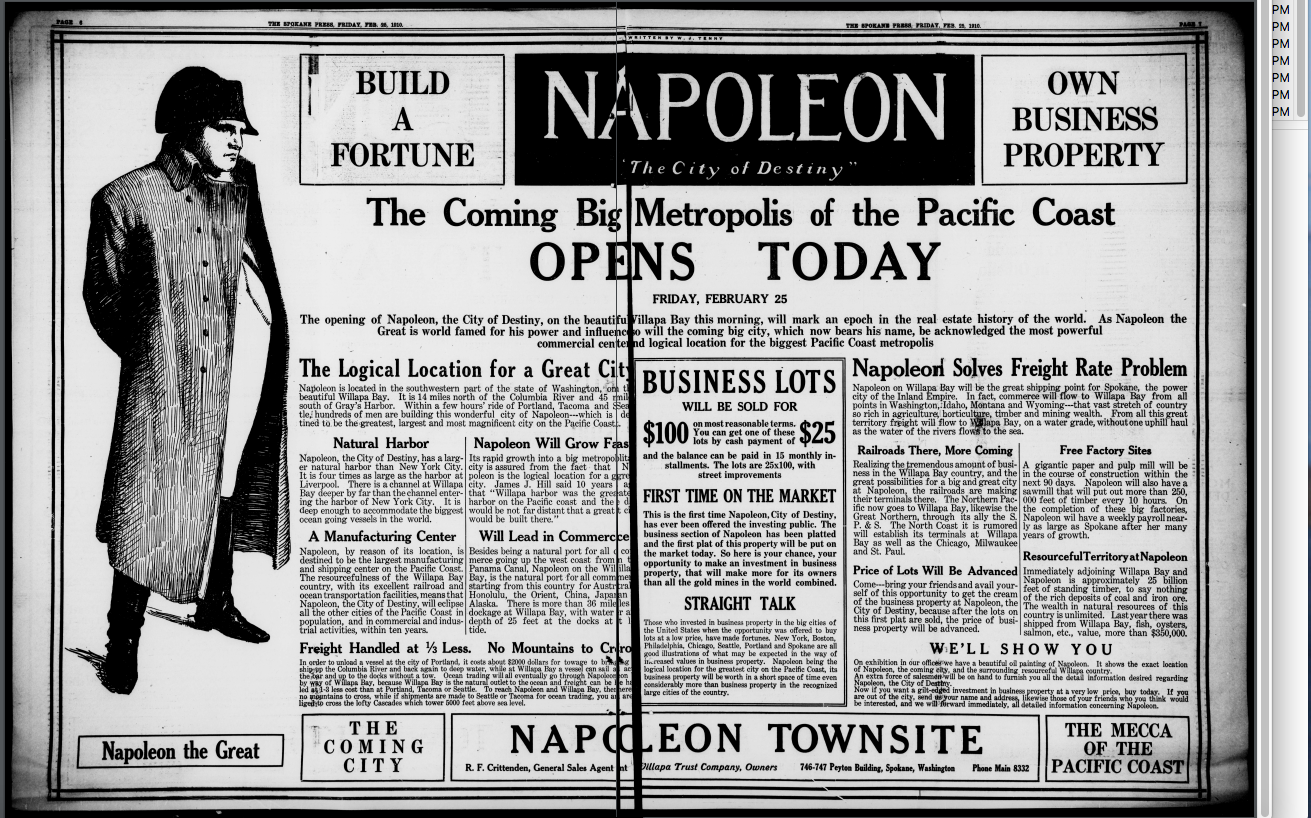
Source for ad. You can blow up the text to readable size there.
Posted By: Paul - Wed Aug 14, 2019 -
Comments (4)
Category: Frauds, Cons and Scams, Oceans and Maritime Pursuits, Real Estate, Regionalism, 1910s
The origin of white road lines
Road lines are of those things one tends to take for granted, but obviously someone had to first think of the idea, and credit for it is given to Dr. June McCarroll of Indio, CA.As told by the LA Times (Oct 12, 2003):
Later, while driving on another, newer highway, she noticed that the road had a definite middle joint where it had been widened from 8 feet to 16. The pronounced center ridge caused cars to stay on their own side. A center line painted down the middle would serve the same purpose, she decided.
Known for confidence and straight talk, she took her idea to the Riverside County Board of Supervisors and the Chamber of Commerce. They gave her a polite ear but nothing else.
She took direct action. She got down on her hands and knees and painted a 2-mile-long 4-inch-wide white stripe down the center of the road that passed in front of her house on Indio Boulevard.
She was sure that her example would illustrate the idea’s safety benefits, but change was slow to come. For seven years, she wrote letters and petitioned the county and state to adopt the white lines.
Finally, with the support of the Indio Women’s Club and the California Federation of Women’s Clubs — which had previously campaigned to add roadside markers and to preserve El Camino Real — she prevailed. In 1924, the Legislature authorized the State Highway Commission to paint center lines.
From Doc June’s idea sprang colors, stripes and other markings on streets and highways to enhance motoring safety. By the time she died in 1954, at 86, striping highways was commonplace across the country.
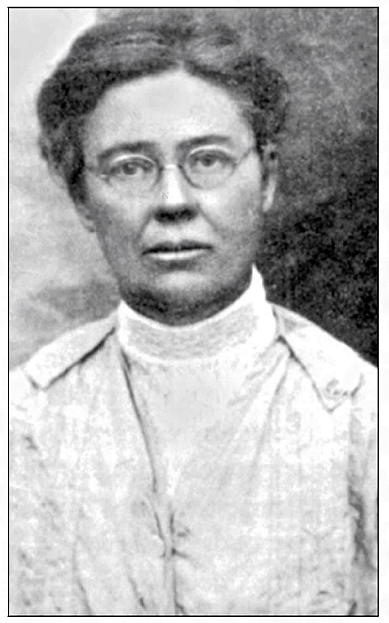
Dr. June McCarroll
There is some controversy, since two Michigan men (Kenneth Sawyer and Edward Hines) apparently had the same idea before McCaroll. And they even painted some white stripes on a road. But unlike her, they don't seem to have tried to get their state government to adopt the idea. So, I think McCarroll rightly gets credit as the originator of the idea.
Posted By: Alex - Wed Jun 19, 2019 -
Comments (3)
Category: Highways, Roads, Streets and Traffic, 1910s
Follies of the Madmen #428
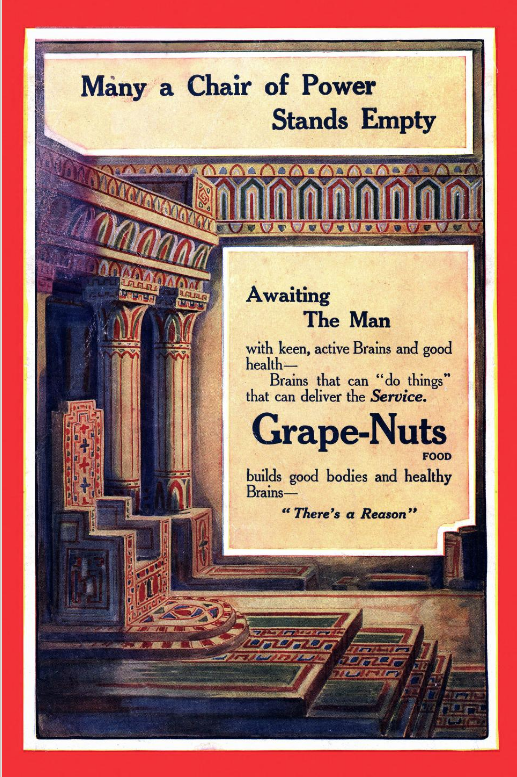
"Grape Nuts will make you Emperor of the World."
Source.
Posted By: Paul - Tue Jun 11, 2019 -
Comments (3)
Category: Business, Advertising, Excess, Overkill, Hyperbole and Too Much Is Not Enough, Food, 1910s
The Breath of a Nation
This is so clever and visually surreal that's it's hard to believe it was not made yesterday.Lots more info here.
Posted By: Paul - Fri May 10, 2019 -
Comments (0)
Category: Surrealism, Cartoons, Marriage, 1910s, Alcohol
Follies of the Madmen #422
"Takes a drenching, yet keeps on clenching!"
Posted By: Paul - Fri Apr 19, 2019 -
Comments (2)
Category: Business, Advertising, Family, Underwear, 1910s
Follies of the Madmen #410
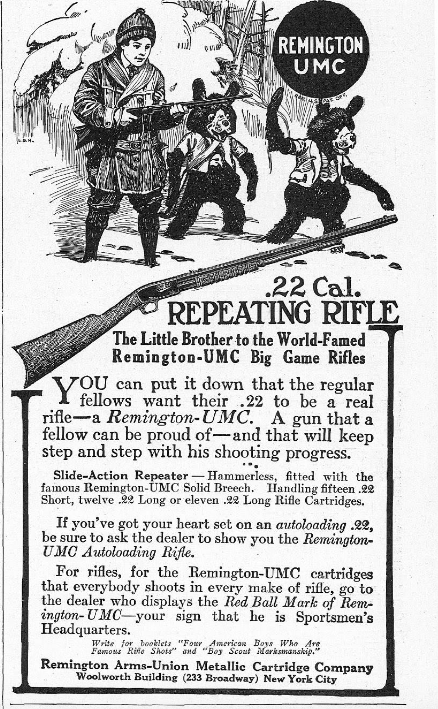
Source.
Posted By: Paul - Fri Feb 01, 2019 -
Comments (3)
Category: Animals, Anthropomorphism, Business, Advertising, Guns, 1910s
Mouth Gun
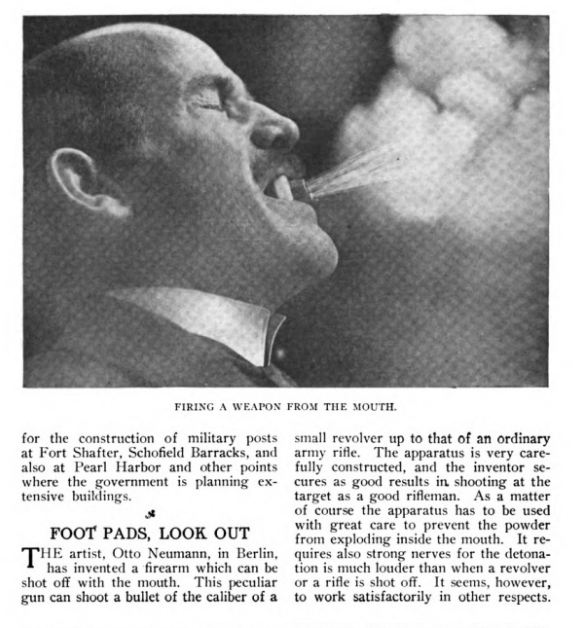
Source.
Posted By: Paul - Sat Dec 08, 2018 -
Comments (6)
Category: Death, Chindogu, 1910s, Weapons
Ostrich Carts
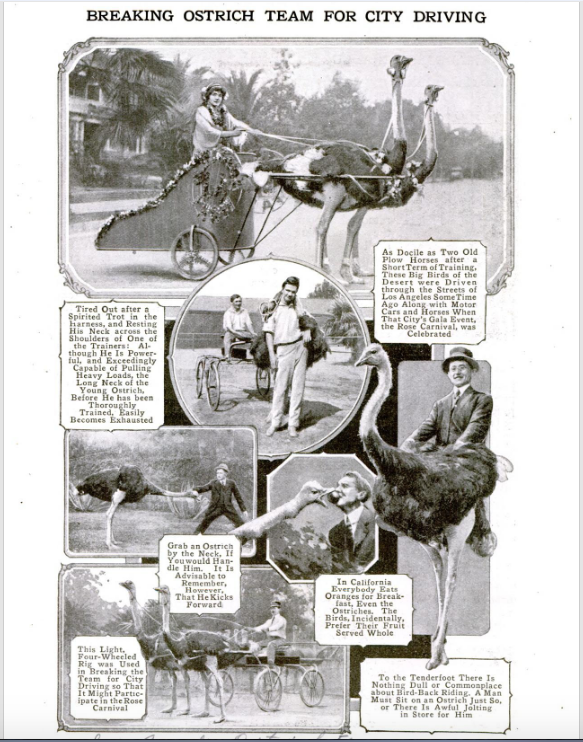
Why these never caught on, I couldn't imagine.
Source.
Posted By: Paul - Tue Dec 04, 2018 -
Comments (0)
Category: Animals, Travel, 1910s
Invention Merit Badge
The Invention Merit Badge has the distinction of being the least-earned boy scout merit badge ever. Only 10 people ever earned it. The primary reason for this being that it required a scout to "invent and patent some useful article," which was a pretty high bar to set. After only three years the scout organization decided it was too much of a challenge and discontinued the badge. So it was only offered from 1911 to 1914. It was eventually replaced in 2010 by an Inventing badge which didn't have the patent requirement.Enthusiasts of scout history have tried to figure out who the 10 winners of the badge were and what they invented, but so far it seems that only one of the patents has been identified. It was a "uniform coat with a removable false sleeve on which Scouts could sew merit badges and rank badges," patented by Graeme Thomas Smallwood of Washington, D.C.
More info: Scouting Magazine, "History of the Invention Merit Badge" [pdf]
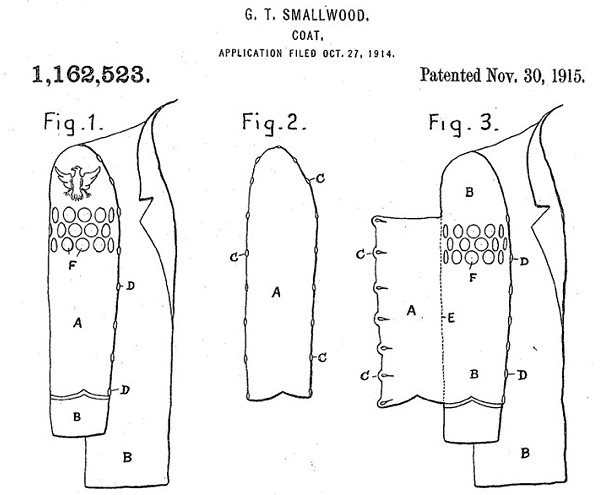
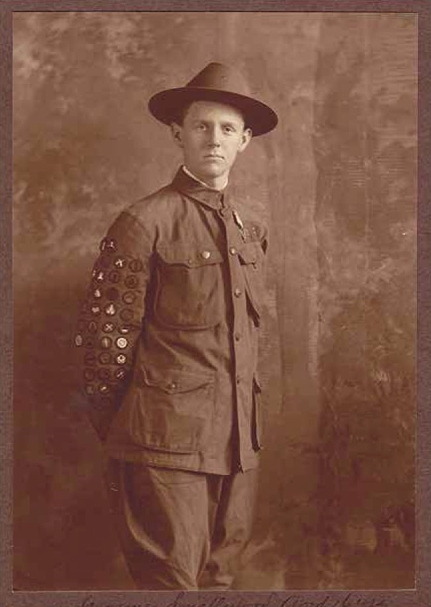
Graeme Smallwood
Posted By: Alex - Fri Oct 05, 2018 -
Comments (0)
Category: Clubs, Fraternities and Other Self-selecting Organizations, Inventions, Patents, 1910s

| Who We Are |
|---|
| Alex Boese Alex is the creator and curator of the Museum of Hoaxes. He's also the author of various weird, non-fiction, science-themed books such as Elephants on Acid and Psychedelic Apes. Paul Di Filippo Paul has been paid to put weird ideas into fictional form for over thirty years, in his career as a noted science fiction writer. He has recently begun blogging on many curious topics with three fellow writers at The Inferior 4+1. Contact Us |




